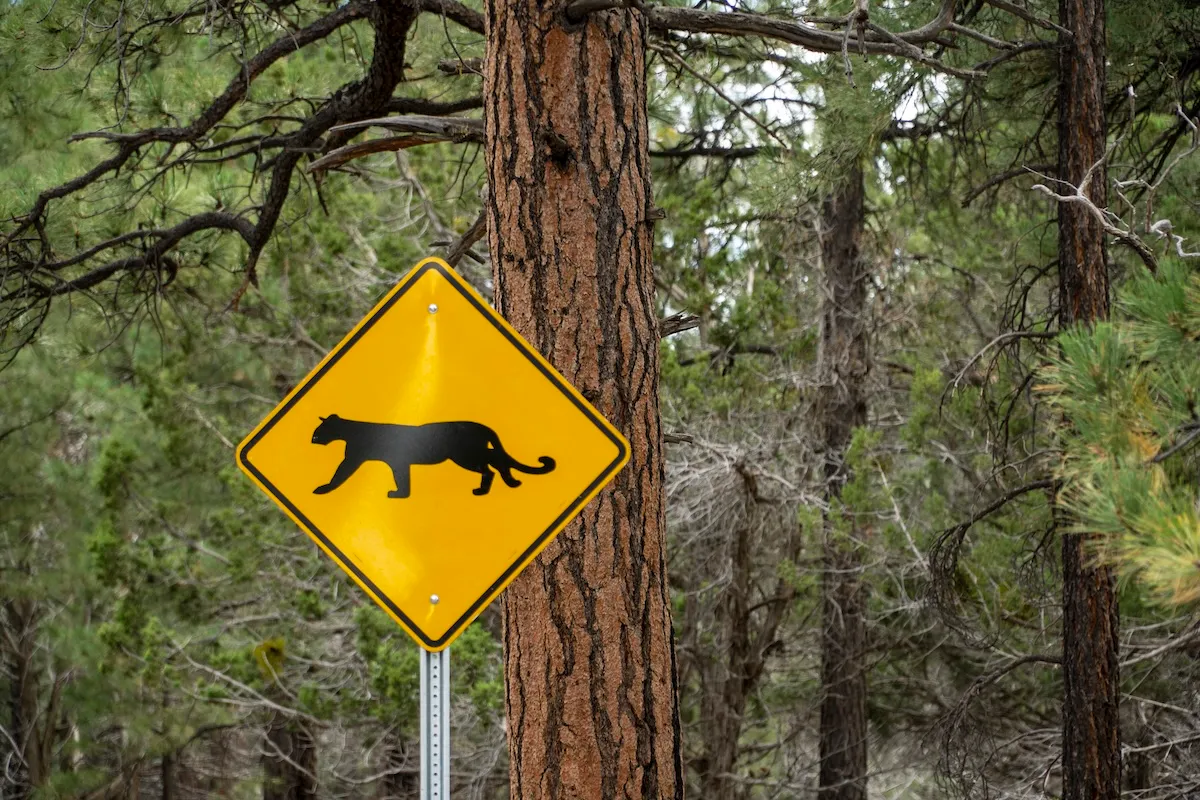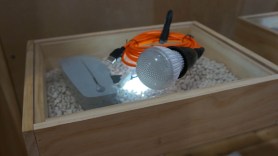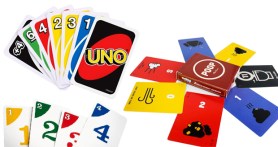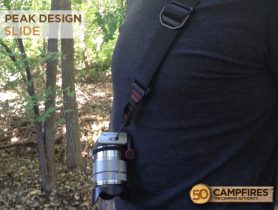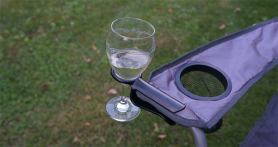

Keep It Simple
When it comes to tackle, bait, methods, and attitude for first fishing adventures, the best advice is: KEEP IT SIMPLE. The less fuss there is for you and for a new angler, the more fun everyone will have. A simple fishing gear list is all you need to start reeling them in.
Videos by Outdoors
Nearly equally important is remembering to: INVITE RATHER THAN FORCE. Happy memories come from being invited to try something new rather than feeling pressured to do it.
Push-button rods and reels make casting s-o-o-o easy. Anyone can learn to make accurate casts with just a few minutes of practice. Zebco offers a great video that teaches you how to cast a spincast rig in less than a minute!
The Rod and Reel
Zebco invented the push-button fishing reel. Today, they are still the most trusted fishing companions you’ll find.
For new anglers – or anyone, for that matter – push button reels (aka spincast) are the most user-friendly type of tackle. It only takes a few casts to become skilled enough to put the bait where you want it to catch fish. They are also the most durable type of fishing reels to provide years of performance.
Zebco is devoted to keeping it simple, so all of their spincast reels come pre-spooled with appropriate fishing line. You don’t need to worry about doing anything but tying on a hook and a bobber and just going fishing. Dozens of combo packages are available, too, that pair the reel to the right rod. That’s another detail you won’t have to worry about. Check out our review of the Zebco ROAM and Spyn.
At first glance, you might think that anglers use a dizzying number of different knots for tying on hooks and lures. You’re right! They do. But with the intent of tying on a simple rig to catch most any kind of fish on live bait, there’s only one knot you need to know. It’s called the Improved Clinch Knot, and it’s really easy to tie. Zebco offers a quick video guide to tying the Improved Clinch Knot. It will have you ready to fish in just a couple of minutes.
The Tackle
Again, simplest is best. Basically, you’ll enjoy the most success with three basic items. You need a hook, a bobber, and a sinker.
When you select a hook, smaller hooks will generally catch more fish. However, don’t go too small as fish will take them deeper and be more difficult to unhook.
The bobber or float will be clipped to the line a couple feet above the hook. A bobber provides the advantage of showing you exactly what depth you’ll be fishing at – it’s the distance from the hook to the bobber!
It should be big and bright enough to be easy for anyone to see and to support the weight of the bait and probably a small sinker, but small enough to offer minimal resistance to the fish. When the float starts to wobble or pull under the surface it’s a sure sign a fish is biting. Bobbers come in many shapes and designs, but a clip-on, elongated float is an excellent first choice.
A small sinker called a “split shot” isn’t necessarily essential, but the added weight makes casting easier and pulls the bait down to the proper depth faster. It’s simply a small ball of lead or other metal that clamps down on the line. (Use the needle nose pliers you’ll need for taking fish off the hook to clamp split shot in place.) You’ll position it on the line about 8-12 inches above the hook.
Just three bits of tackle, and you’re ready to go fishing. Your fishing gear list is almost complete!
The Bait
The one bait that catches more fish – especially for beginning anglers – than any other is the earthworm. You’ll hear them called by lots of names like “night crawlers,” “angle worms,” “red wigglers”, or just plain “crawlers”, but they are all different varieties of the same thing.
Of course what makes them great bait is fish love ‘em! You can pretty much catch any species of freshwater fish on an earthworm. Besides that, they are widely available and they keep extremely well. Just keep the soil they are in moist (but not wet) and cool (but not cold) and crawlers will last for weeks.
Angleworms and red wigglers are generally smaller and will fit well on smaller hooks for pan fish. Night crawlers are larger and work well on larger hooks for species like catfish, bass, and walleye. They are great for pan fish, too, but you might need to segment them to fit on the smaller hooks. Some anglers find breaking up the crawlers to be “gross.”
There are lots of ways to put earthworms on a hook. Some methods just pierce the worm in the center and let it hang down on both sides. This is alluring to fish, but they can easily enjoy a meal without getting hooked.
The bait will stay on the hook longer and potentially catch more fish that bite if you thread at least a portion of the worm onto the hook. The bait stands up to casting and retrieving better this way, too. However, if fish are finicky, you might not get as many bites this way, or they might just eat the tail and leave the rest of the worm on the hook.
Just experiment and see what works best for you.
For anyone who finds live bait to be “gross” or doesn’t want the hassle of keeping live bait alive, there’s a great alternative. Many forms of artificial “live” bait are available, and they DO catch fish. Some anglers actually prefer them to natural live bait.
These artificial baits usually come in jars or re-sealable packages that can just “live” with your other tackle. They don’t need cool temps, moisture, or food. They come in an almost unbelievable array of sizes, shapes, and colors. They incorporate natural scents and flavors and, in some cases, are made to mimic various types of live bait in appearance. Other pros of artificial baits are they stay on the hook well, they last a long time (in the water and in the tackle box), and they pretty much eliminate the “gross” factor – except sometimes for their smell.You can fish with these baits using the same simple rig you use with earthworms – just a hook, a bobber, and a sinker.
Keep Other Stuff Simple Too
There’s no need to bring a mountain of gear. Chances are you already have everything you need to combine fishing with any other favorite outdoor pursuits.
However there are a few items that should always be included with your fishing gear.
Other items for your fishing gear list:
- Polarized sunglasses
- Insect repellent
- Cooler with beverages and snacks
- Rain jacket
- Sunscreen and sun-resistant clothing like a floppy hat
- Hand wipes and towels
- Pocketknife
To help you make sure you have everything you need when you set out, Zebco built customizable Adventure Checklists. They will help you enjoy fishing even more, no matter what other outdoor adventures you connect them with.
Check out:
Adventure Checklist: Hiking & Fishing
Adventure Checklist: Camping & Fishing
Adventure Checklist: Kayak Fishing
Adventure Checklist: General Fishing
Quick Links To The Ultimate Fishing Guide presented by Zebco
How To Guarantee Success Every Time You Go Fishing
How To Prepare : The Ultimate Fishing Gear List
How To Handle a Fish After You Catch It
Best Tips For Taking Fishing Pictures
Buying Your License and Understanding Regulations


